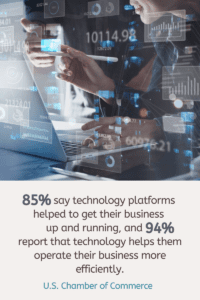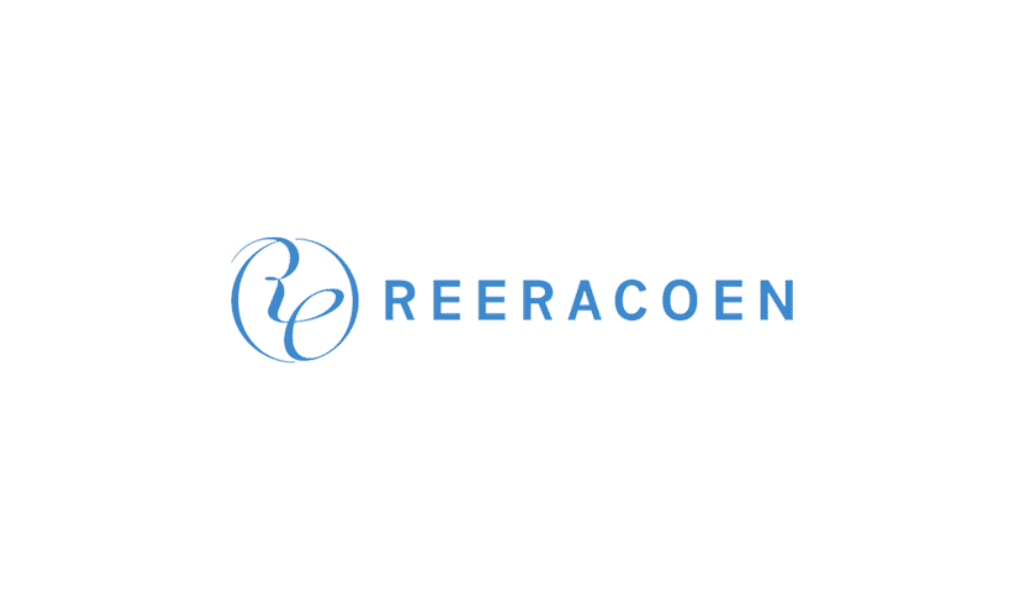As contingent workforce management programs mature so should technology.
By Zee Johnson

Orli Becker, Head of Global VMS Solutions at Magnit, says all too often there’s a disconnect between these two elements when it comes to CWM. “An organization could be fairly mature in their overall program, but not so mature with their use of technology,” she says. Challenges can stem from current state designs, existing functional processes, configurations of technology, and lack of integration.
Becker says as CWM programs become more mature, HR and TA leaders are seeking out innovation from their providers. The innovation exists, but the question is: Do organizations know about it? “Companies are looking for a better user experience and because they’ve had a program for so long, what happens is the technology becomes stale over time because it is constantly evolving,” she says. “There are new features and new functions, but if companies are not taking advantage of them as they are being released, then they’re really not doing any good.”
Today’s tech advances allow for an intuitive user experience that is seamless and easy. Becker says organizations should ensure they are leveraging the main drivers of UX in their CWM programs, including the following.
- Mobile capacity. Becker says that in today’s mobile world, TA and HR leaders expect access at their fingertips. Contingent labor programs have many layers of mobile capabilities, including apps, SMS and MMS, chatbots, email, and more.
- Integration. Companies often have many different technologies across the board; one for their HRIS, their VMS, one for financials, another for contract and project management, and so forth. And over time, Becker says it can become difficult for users to know which to use and when. Integration is critical to avoid duplicating tasks and increase efficiency.
- Analytics. Using technology to gain valuable insights and real-time intelligence about programs, workers, and processes is critical because without this visibility, finding a solution is nearly impossible. Powered by insights from real-time data, organizations can expect a more consultative approach as their CWM programs matures.
- Artificial intelligence. AI and automation are making vast improvements in some of the tedious work that comes with hiring. Especially when expanding talent reach, AI tools can sort through the hundreds of applications to ensure they line up with qualifications. “AI is now getting to a point where it could look at the candidates’ experiences and skill sets and work history, and really provide guidance to hiring managers on which candidates might be best suited and the best fit,” says Becker. “It can even show candidates who have worked at that client site in the past and if they were successful.”
Having a solid, integrated tech stack will encourage program maturity, increasing efficiency and access to talent. Today’s workforce is a dispersed workforce, and that is being driven by technology. “Historically, if organizations were looking for a very specific job to be completed or a position to be filled, they were limited to a specific radius,” Becker says. “But now, technology is opening up a whole new world and providing organizations access to untapped talent pools.”
Click here to learn more about tech’s role in contingent workforce management.














